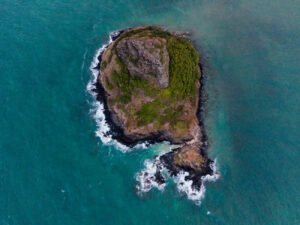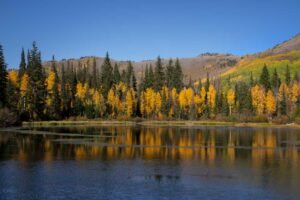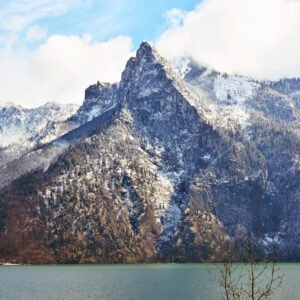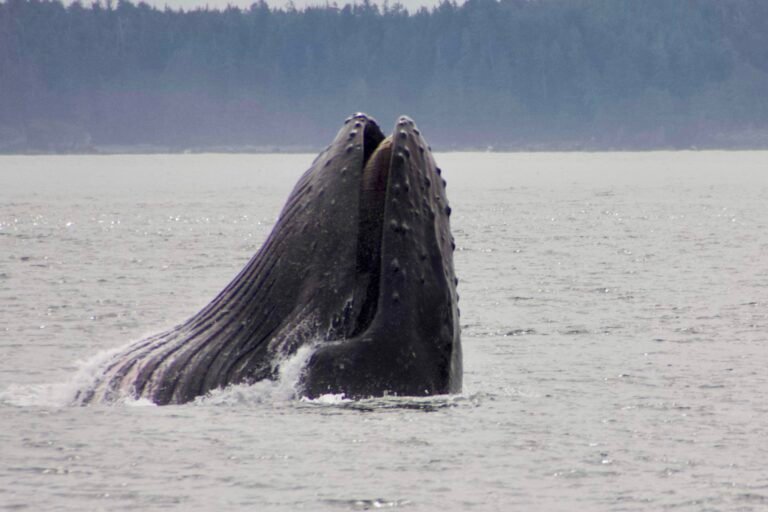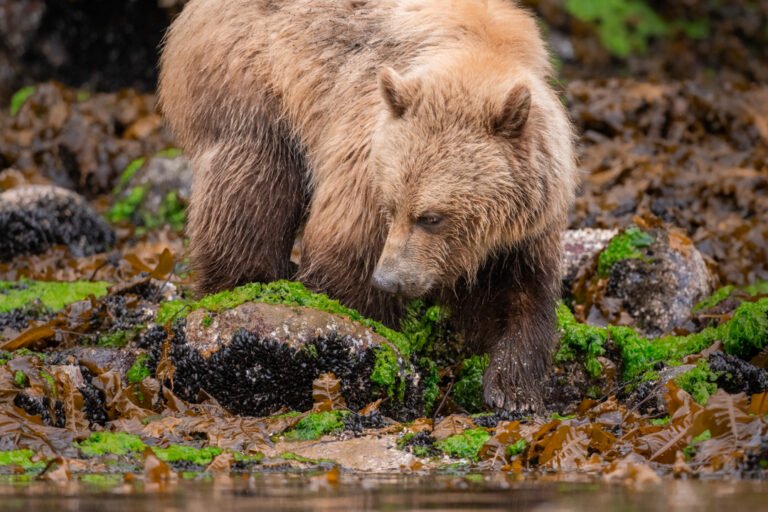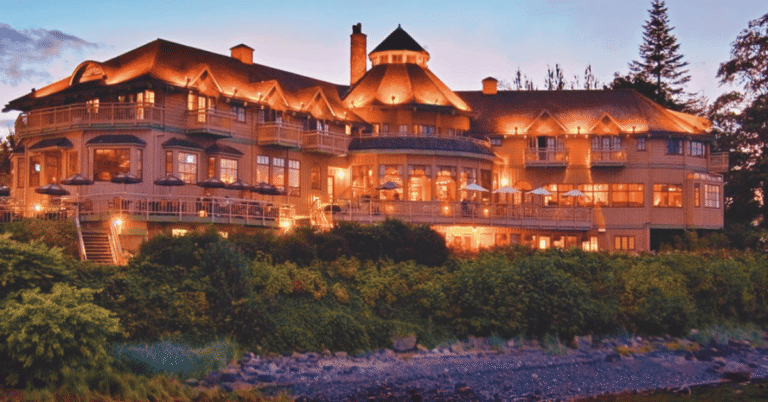Weather in British Columbia
The beautiful coast of British Columbia is well known for its temperate climate – the finest and warmest weather in Canada! The climate of BC varies from marine to continental, and is influenced by its location immediately east of the warm Pacific Ocean, the north-south orientation of its towering mountain chains, the mountainous topography, the prevailing westerly winds, and the northerly latitude of British Columbia. The coastal region has abundant rainfall and a mild temperature associated with a maritime climate, and enjoys Canada’s longest frost-free periods. In the interior, the climate is continental in nature. The southern interior has the province’s driest and warmest climate. These are the different types of weather in British Columbia
During the summer, part of the attributes of the weather in British Columbia is a weakening in the west to east upper air flow in combination with the development of a persistent high pressure area off the coast results in fewer frontal systems moving through BC. As a result, summers tend to be dry throughout most of BC. In winter, the province is affected occasionally by much colder, drier air from the Arctic.
Daily Weather Forecasts for British Columbia are available online from Environment Canada.
Vancouver Island
Victoria claims the mildest climate in Canada because the Pacific ocean in this region maintains a constant temperature of 50 degrees F. Prevailing westerly ocean winds provide a buffer to warmer summer and cooler winter temperatures. Regional mountains also provide weather protection, and as a result, Victoria has the lowest rainfall on the West Coast and consequently enjoys the most days of sunshine. Victoria is the only city in Canada that has recorded winters when the thermometer did not drop below freezing. Even in January the temperate climate allows outdoor activities such as fishing, sailing and golfing in the coastal areas.
The west coast of Vancouver Island is exposed to the moisture-laden westerly winds blowing off the warmer Pacific Ocean. The warm air masses are forced up by the island’s mountain ranges resulting in considerable precipitation falling on the Pacific Rim region during the winter months of September to March. Summers are relatively dry.
The Gulf Islands
The location of the Gulf Islands, frolicking in the rain shadow of the Vancouver Island mountains, ensures a moderate climate with warm, dry summers and mild, wet winters. Drier than Vancouver Island, the Gulf Islands enjoy an 8-month frost-free season, the longest in Canada.
Vancouver, Coast, and Mountains
Vancouver’s climate is one of the mildest in Canada, and is generally an area of heavy winter precipitation. Apart from being rather wet, winters are fairly mild but often tempered by days of brilliant blue skies and warm clear evenings. The city of Vancouver receives only a few snowfalls in the average winter, but the nearby mountains have snowy peaks from November to May. Relatively cool summers are the rule. Temperatures range from an average of 2 degrees C (36F) in the winter and 26 degrees C (90F) in the summer, and most rainfall occurs between October and March.
Thompson Okanagan
The climate of the Okanagan Valley is best defined as mild and continental. Summers are warm with hot days, cool nights, and fairly low humidity. Winters are moderate and are occasionally cold, with cool humid air and cloudy skies. In mid summer, approximately one third of the season’s days are considered tropical in temperature (temperatures greater than 30 °C or 85 °F). Spring and fall seasons are equally pleasant. Kelowna has over 2,000 hours of sunshine annually, approximately 13 inches of rain a year and 41 inches of snow.
Kootenay Rockies
Winter snowfall in the BC Rockies averages between 171 cm (67 inches) in the south and 206 cm (81 inches) in the north. The region has winter highs in the valleys averaging 5 degrees Celsius (40 degrees Fahrenheit). Mountain terrain at high elevation may remain inaccessible until July.
Flowers bloom in the valleys in April, and you can expect warm days and cool nights through May and June. The Rockies enjoy a wonderful summer in July, August and September, and visitors are often surprised by the high temperatures that can occur in July and August. Climate can vary from one valley to the next in the weather in British Columbia and indeed within very short distances. Local conditions are affected by altitude, proximity to large lakes, wind flows through valleys and the rain shadow effect on high mountains.
The Southern Rockies region is in the east and southeast portion of the province and has marked contrasts in climate. The valley bottom localities are semi-arid with warm summers and cold winters, like those found in the Grand Forks or Cranbrook area. Upslope, and on the windward slopes of the Monashees, Selkirks, Purcells and Rocky Mountains, much higher precipitation and cooler temperatures are evident (Revelstoke area).
Cariboo, Chilcotin, Coast
In the Interior, the Coast Mountains provide an effective barrier to the moist westerly air flow. To the east of this mountain chain, on the Interior Plateau, there exists a much drier and more continental climate. Summers tend to be warm and dry; winters cooler, but less moist. (Kamloops, Okanagan, Williams Lake and Prince George area).
Coastal British Columbia: Generally speaking, November and February are the two wettest months in coastal British Columbia. May and September are the two most enjoyable months to explore the coast; not only are there fewer travellers, but the weather also tends to be at its best. Cold weather blankets much of the BC interior from October to April, with northeastern BC frequently cool and overcast through July. The best months to travel here are August and September after the first frosts have brought an end to insect season.
Northern British Columbia
The climate of the northern half of the province varies considerably, but generally has much colder winters and cooler summers than the rest of the province.
Weather in British Columbia shows that summers are short and quite cool, with temperatures ranging between 20 to 33 degrees Celsius,and days become longer the further north you travel. Late spring and early fall usually offer mild weather conditions, with average lows of around 15 degrees Celsius. Winter coastal conditions often bring rain with the mild weather. The winters are generally colder and drier the further north you travel. Most northern destinations receive incredible snow from the middle of November until the middle of March, providing exceptional opportunities for winter recreation. Lows vary depending on location, but average minus 10 degrees Celsius.
Extra links about weather in British Columbia:


